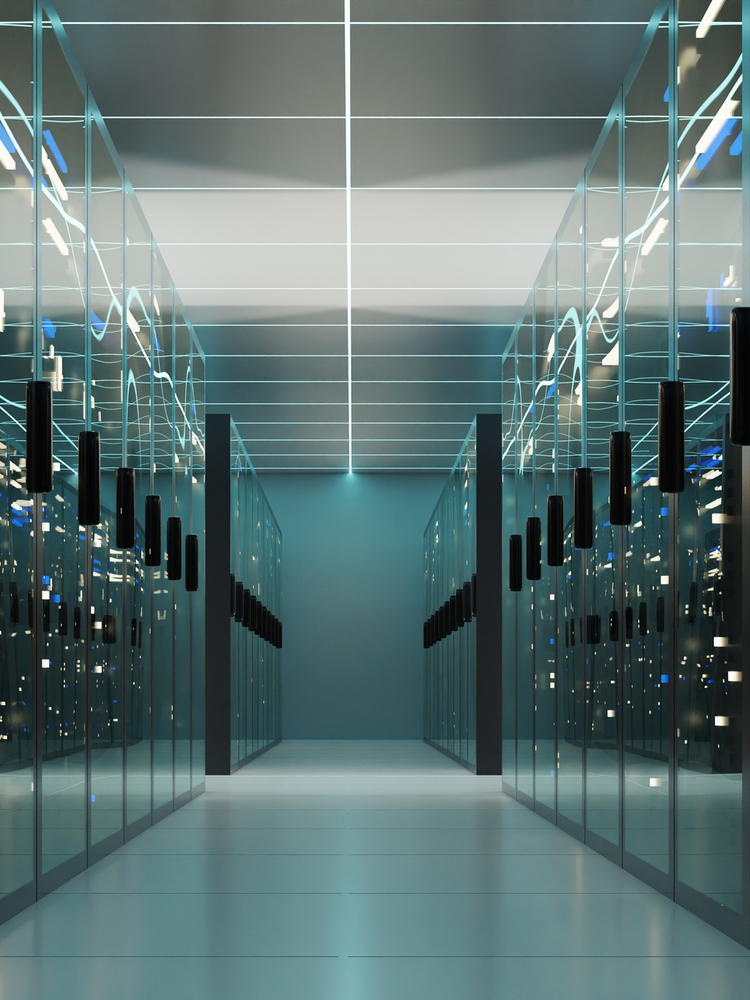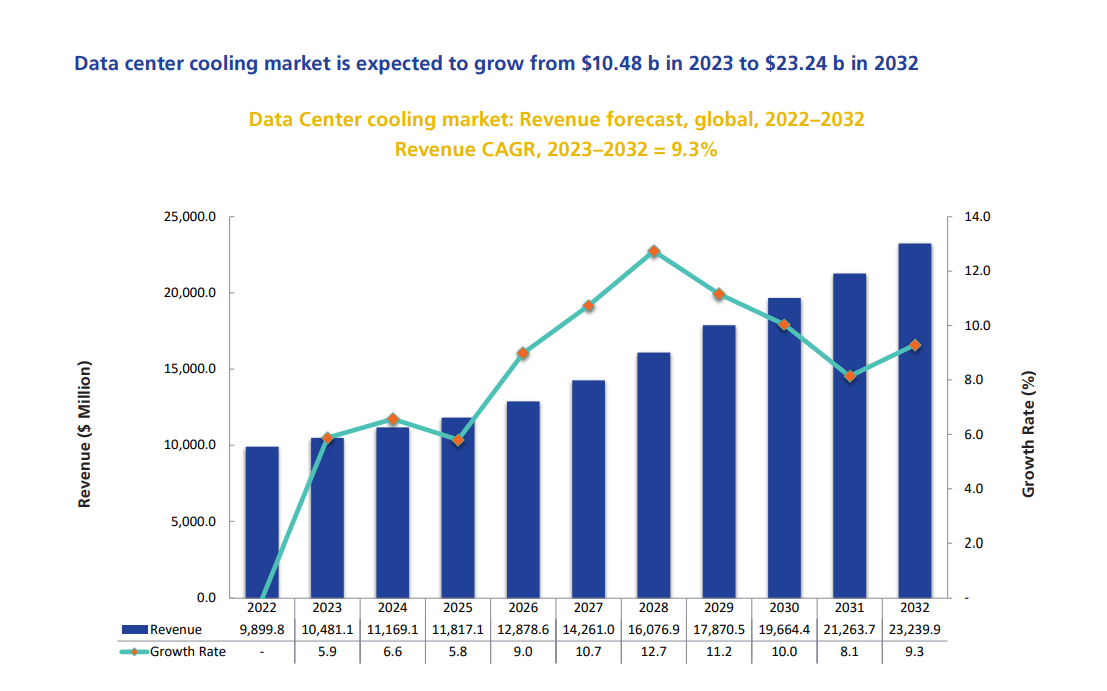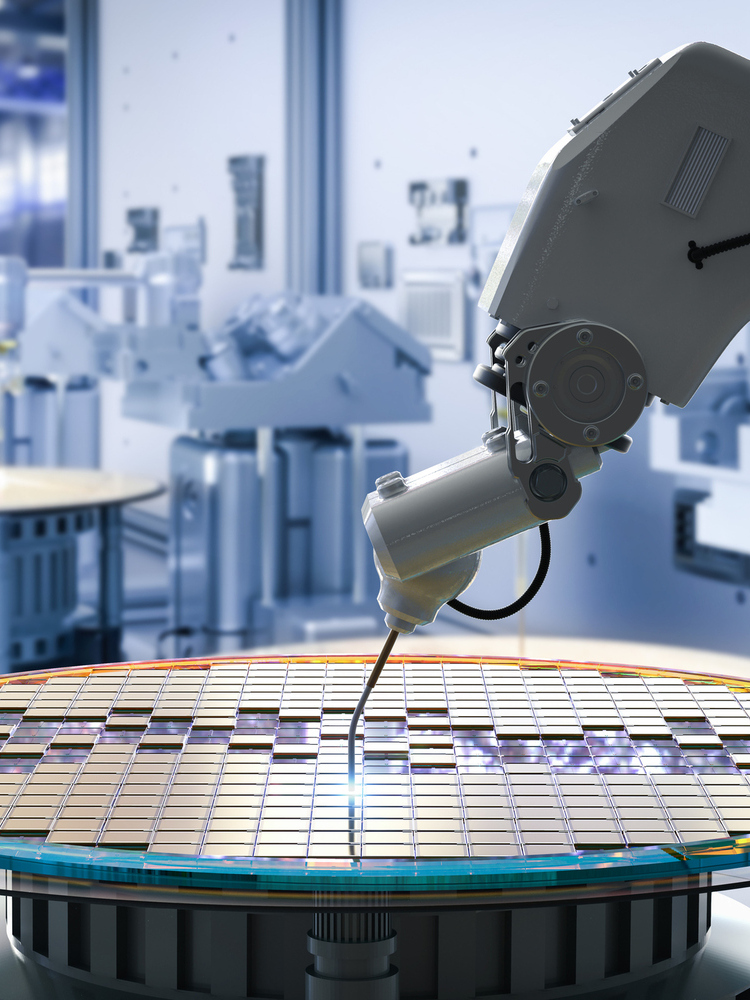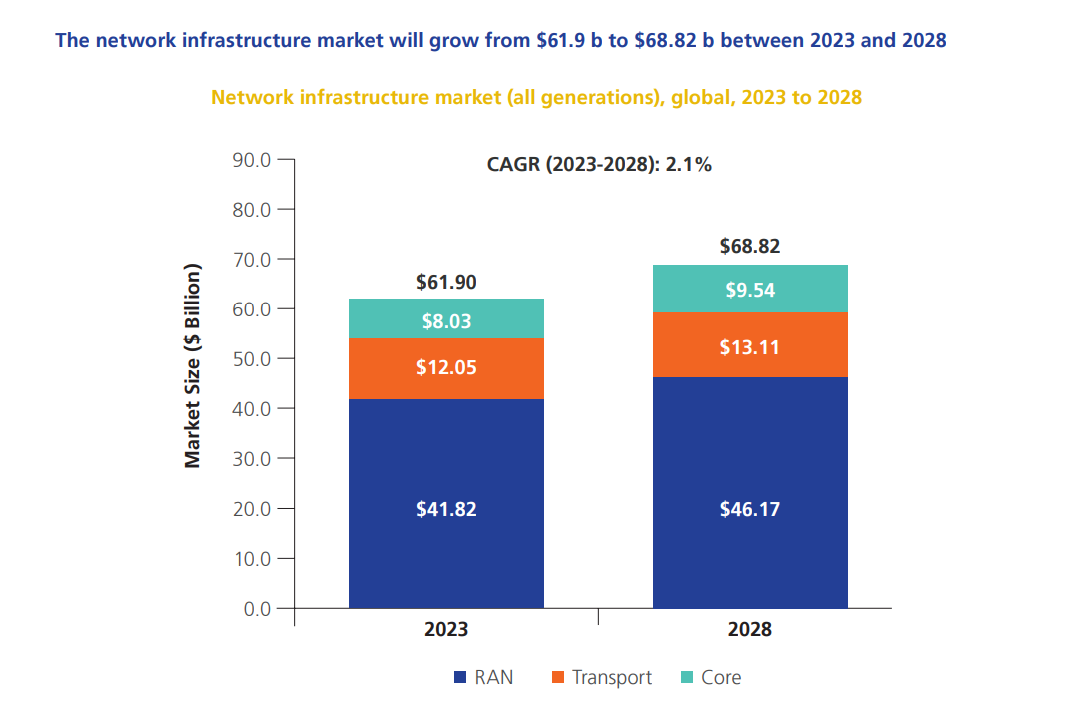Data centers represent the beating heart of the global digital economy, as they host servers, storage systems, network devices, and security equipment, allowing the management and storage of enormous volumes of data and supporting complex operations. In recent years, both data centers and network technologies have undergone a profound transformation, driven by the increasing demand for data processing, the evolution of digital infrastructures, and the adoption of Artificial Intelligence and machine learning.
This change is redefining the technological landscape with significant impacts on energy efficiency, connectivity, and processing capabilities, also implying greater attention to sustainability, adaptability, and resilience.
New data Centers models and their benefits
In addition to traditional enterprise data centers, autonomously managed by companies, models that offer various advantages are progressively emerging. Hyperscale data centers, used by major cloud providers, offer high processing capacity, while colocation data centers allow companies to share fixed costs for management, maintenance, upkeep, and renewal with multiple operators, reducing operational costs.
Moreover, edge data centers, smaller and geographically distributed, reduce latency and are essential for applications such as IoT (Internet of Things) and autonomous driving, while modular models ensure flexibility and scalability, thus responding to temporary needs or emergency situations.








